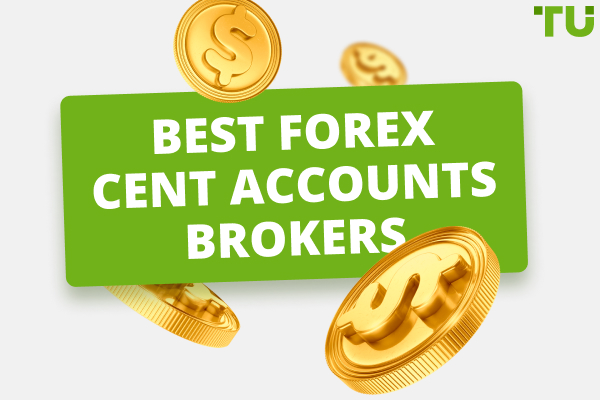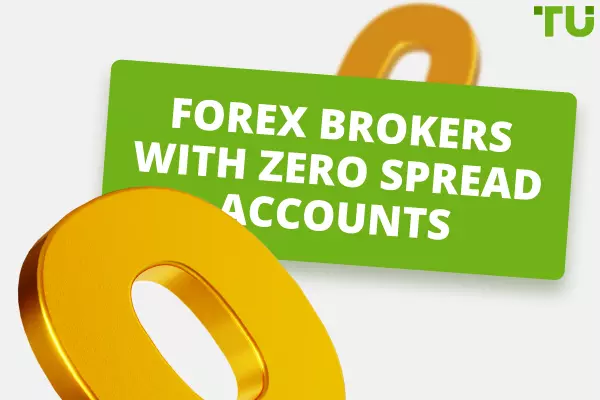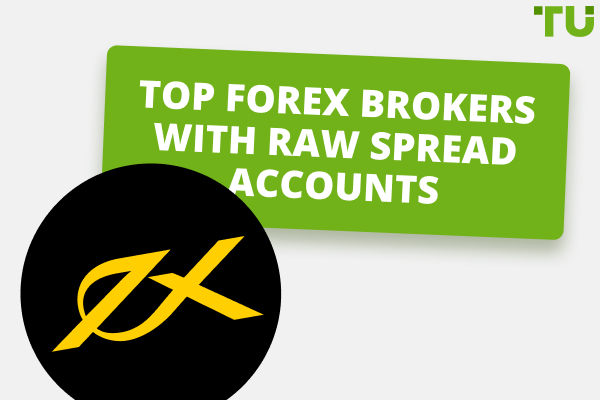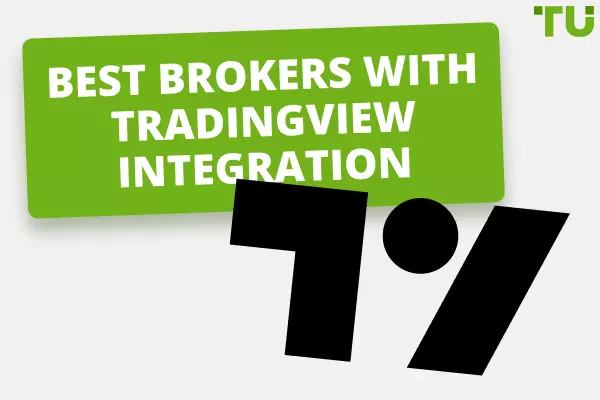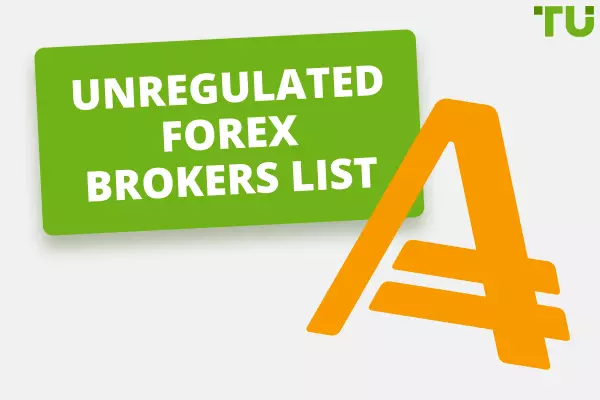How Did Bruce Kovner Make His Money?
Bruce Kovner's wealth came from trading commodities and running hedge funds. Caxton amassed $12 billion in assets and experienced an average net annual return of more than 21%, making it one of the biggest and most successful macro hedge funds globally.
Different investors have established their status as super-investors over the past few decades by surpassing every significant industry and financial market benchmark. These are investors who have done amazing things in the trading industry in terms of investing and trading. Bruce Kovner is among these investors, renowned for the extraordinary returns he generated during his active trading years.
Starting with his first investment in 1977, where he borrowed against his MasterCard to invest in soybean futures contracts, Bruce Kovner enjoyed a nerve-racking trade that taught him the importance of risk management. The investing story of Bruce Kovner can help beginners who are still having a double mind about the trading profession. This article covers everything you need to know about Bruce Kovner, including the following:
Bruce Kovner's trading strategy
How did Bruce Kovner make his money?
Bruce Kovner's net worth
Bruce Kovner quotes
Who Is Bruce Kovner?
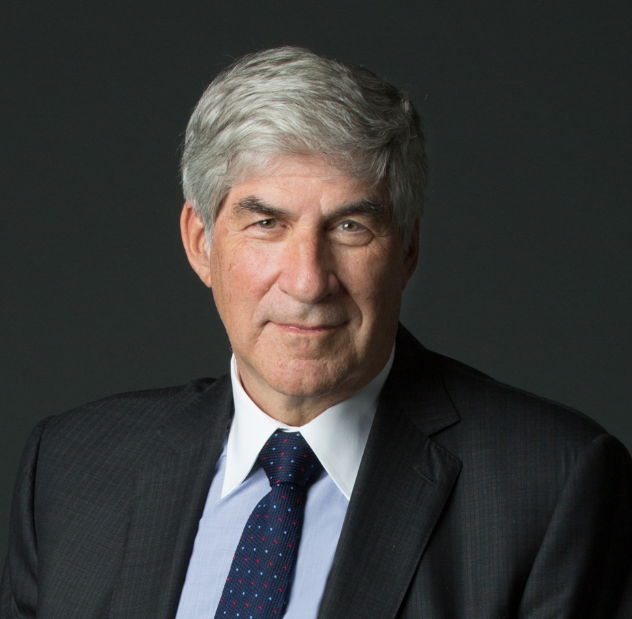
Bruce Kovner
| Name | Bruce Kovner |
Date of Birth |
April 25, 1946 |
Age |
77 years |
Gender |
Male |
Height |
1.60m (5' 10") |
Alma Mater |
Harvard University |
Occupation |
Hedge Fund Manager |
Marriage Status |
Divorced (3 children) |
First trade |
Soybean future contracts, 1977, and he was 32 years old |
First establishment |
Caxton Associate 1983 |
First investment amount |
$3000 |
Legacy and Awards |
Honored with induction into the Institutional Investor Alpha's |
Bruce Kovner was born in Brooklyn, N.Y., in 1945 to Eastern European immigrant parents. The Kovner family struggled greatly during this time, but they eventually moved to a suburb of Los Angeles in 1953, where Bruce attended public schools and did exceptionally well.
He continued at Van Nuys High School and was a National Merit Scholar. Bruce was elected class president and student body president in his senior year. He was also a sportsman and enjoyed playing varsity basketball.
Bruce Kovner studied economics and government at Cambridge while attending Harvard on a scholarship. His decision to enroll in the Kennedy School of Government to pursue a Ph.D. in political science was motivated in particular by three Harvard professors.
After four years, when Mr. Kovner had finished the required coursework and exams for a Ph.D., he decided to leave academia and pursue other career options.
He started in politics, working on campaigns and as a congressional assistant. In 1976, a friend of the family introduced Mr. Kovner to the financial markets. He developed a passion for learning about the origins and characteristics of the currency, commodity, and debt markets.
Bruce Kovner first trading experience
When Bruce felt he had enough skill to start trading, he borrowed $3,000 from his Master Charge account and started doing so. He was successful in this new career path, and soon after, Commodities Corporation (a "proto-hedge fund" later acquired by Goldman Sachs) hired him as a senior trader. During his ten years at Commodities Corp., Bruce Kovner produced a CAGR of about 90%.
As a commodities trader, Kovner started his career in 1977. He eventually founded Caxton Associates in 1983 after enjoying great success. After working for a commodities company for six years, Bruce Kovner launched Caxton, the first contemporary macro hedge fund. Mr. Kovner managed Caxton for the following 28 years, generating tens of billions of dollars in profits for his investors.
How did Bruce Kovner make his money?
Kovner nets hundreds of millions of dollars in profits annually and made more than $300 million in just 1987. The main source of Bruce Kovner's wealth was his prosperous career as a trader and hedge fund manager. Based on his assessments of the state of the macroeconomy, Bruce Kovner focused on trading the financial and commodity markets. His business, Caxton, grew to be one of the biggest and most successful macro hedge funds globally, with $12 billion in assets and an average net annual return of more than 21%.
Kovner's self-assurance and extraordinary appetite for risk made him one of the most successful and wealthy investors in history. He reportedly attributed his financial success to the central banks' and governments' poor policy decisions, which led to unstable financial markets that could be manipulated.
Bruce Kovner claims that “he looks for a consensus that the market is not confirming. I like to believe that many people will be mistaken, so I spend time figuring out how to back my claims”. "I always trade based on a market view; I frequently use technical analysis, which is excellent, but I cannot hold a position unless I know why the market should move. Every stance I take has a fundamental justification. Also, the technical analysis makes the big picture more understandable.
Bruce Kovner’s Net Worth
As of June 16th, 2023, Forbes estimates Bruce Kovner's net worth to be around $6.6 billion. While the Kovner Foundation, another of his businesses, oversees his charitable endeavors, the chairman of CAM Capital invests in private assets.
| Year | Net worth |
|---|---|
2017 |
$5.5 billion |
2018 |
$4.5 billion |
2019 |
$5.0 billion |
2020 |
$5.5 billion |
2021 |
$6.0 billion |
2022 |
$6.2 billion |
2023 |
$6.6 billion |
However, Kovner continued to be involved in the financial sector after he eventually stopped actively trading in 2011.
What is Bruce Kovner's Trading Strategy?
Hedge fund Caxton Associates uses different strategies; Bruce Kovner's trading strategy includes trend following and global macro trading. The trading methods of Bruce Kovner have a lot to do with risk control. He believes that risk management is the most important concept to understand. Kovner's trading strategy considers the shifting nature of the markets and employs a "trend following" strategy that involves taking advantage of already-existing markets.
Kovner attempts to spot significant macroeconomic trends and bases his large bets on his research. In addition, he bases his investment choices on fundamental analysis. His trading style has the following characteristics:
-
Discipline
-
Patient
-
-
Position sizing
-
Market Timing
-
Technical and fundamental analysis
-
Emotional temperament
For his automated trading methods that concentrate on Forex and Forex futures trading, Kovner is known as "the market wizard". On his first two trades in the interest rate and copper futures, he earned a profit of $1,000. He developed a reputation as a legendary trader thanks to his skill in the market and his capacity to handle choppy trading environments. He was renowned for having excellent risk management abilities and for having the quickness to cut losses when his trades went against him.
His predictions about future interest rates are excellent, and he seems to know which currency pairs might gain from a multilateral trade agreement. He constantly considers alternative hypotheses and waits for the market to support or refute these ideas. According to Kovner, traders can amass millions of dollars by taking a position, exercising discipline, and having the capacity to imagine and hold onto futures that are different from the present. I can envision the soybean price doubling or the dollar depreciating to 100 yen. Second, even under duress, I maintain my composure and reason.
Bruce Kovner's advice for beginners
1. Never risk more than you can emotionally tolerate
Trading carries a heavy emotional burden because a trader could lose millions of dollars at any given time. Kovner developed the skill of managing his emotions while making investments, and he counseled others to trade like machines and not let their feelings rule their decisions.
Trade in amounts so small that you do not give a damn whether you make money or not. And keep your emotional equilibrium in check each time you open a position. Risk no more than 1% to 2% of your account on any trade if you are ready to trade larger sizes.
2. Trade with charts and indicators
It is crucial to monitor trading charts and other indicators. It is necessary to use multiple monitors when trading, one of which should be reserved for placing orders and the other for charts and market analysis software. A trading indicator is a calculation that appears as a line on a price chart and is used by traders to identify certain signals and trends.
3. Gather as much financial information as possible
Investors can determine the financial integrity of a company through financial reporting and analysis. Traders use a variety of techniques to study the Forex market, including charting tools, economic indicators, and/or news-based events. Employ a legion of analysts to cover every facet of the global economy if you can, and use price action to predict when your alternative scenario might materialize.
4. Leverage position sizing
Kovner advises traders against taking significant risks in order to make money. It is best to take large positions with little risk by utilizing position sizing. Most beginning traders overlook this.
5. Prepare alternative trading plans
A good trader envisions alternative outcomes, creates numerous mental images of how the world ought to be, and then waits for one of them to come true.
Let's look at some simple trading rules or laws identified by Bruce Kovner
Kovner advised investors to carefully monitor and thoroughly research various financial products before deciding to invest in them, such as stocks, crude oil, futures, Forex, and gold
Investors should immediately short their positions if the market trend is contrary to what they were anticipating to limit losses. Kovner believes that the best time to trade is when investors are certain about the market's direction
Avoid situations where you could unexpectedly lose a significant amount of money
Have a predetermined stop ready whenever you enter a position. And it is selected on a technical basis and establishes the position size of a trad
Hold sizeable notional positions while only putting a small actual portion of your account at risk
Bruce Kovner's quotes
Michael Marcus taught me one other critical thing: You have to be willing to make mistakes regularly; there is nothing wrong with it. Michael taught me about making your best judgment, being wrong, making your next best judgment, being wrong, making your third best judgment, and then doubling your money. ~Bruce Kovner
One very crucial lesson from Michael [Marcus] has stuck with me. He taught me that you could make a million dollars. He showed me that if you applied yourself, great things could happen. It is very easy to miss the point that you really can do it. ~Bruce Kovner
Fundamentalists who say they are not going to pay any attention to the charts are like a doctor who says he's not going to take a patient's temperature. ~Bruce Kovner
The Heisenberg principle - The likelihood that something will change when it is closely observed is high. False signals are more likely to be generated the more traders monitor a price pattern, and the more non speculative activity there is in the market, the more significant a technical breakout is. ~Bruce Kovner
Best Forex brokers 2024


Summary
As a well-known investor and devoted philanthropist, Bruce Kovner has made a significant contribution to society. Following his departure from the ground-breaking hedge fund he established, Caxton Associates, Mr. Kovner is now chairman of CAM Capital, which invests his private assets, and of the Kovner Foundation, which oversees his charitable endeavors.
FAQs
How did Bruce Kovner make his fortune?
Bruce Kovner's wealth came from trading commodities and running hedge funds. Caxton amassed $12 billion in assets and experienced an average net annual return of more than 21%, making it one of the biggest and most successful macro hedge funds globally.
How much does Bruce Kovner earn per year?
Bruce Kovner makes an estimated $0.5 billion in salary annually.
What is Kovern’s net worth?
As of June 16th, 2024, Forbes estimates Bruce Kovner's net worth to be around $6.6 billion.
What does Bruce Kovner invest in?
Bruce Kovner focused on trading in the financial and commodity markets. He is among the biggest and most successful macro hedge funds globally.
Glossary for novice traders
-
1
Broker
A broker is a legal entity or individual that performs as an intermediary when making trades in the financial markets. Private investors cannot trade without a broker, since only brokers can execute trades on the exchanges.
-
2
Trading
Trading involves the act of buying and selling financial assets like stocks, currencies, or commodities with the intention of profiting from market price fluctuations. Traders employ various strategies, analysis techniques, and risk management practices to make informed decisions and optimize their chances of success in the financial markets.
-
3
Investor
An investor is an individual, who invests money in an asset with the expectation that its value would appreciate in the future. The asset can be anything, including a bond, debenture, mutual fund, equity, gold, silver, exchange-traded funds (ETFs), and real-estate property.
-
4
Risk Management
Risk management is a risk management model that involves controlling potential losses while maximizing profits. The main risk management tools are stop loss, take profit, calculation of position volume taking into account leverage and pip value.
-
5
Fundamental Analysis
Fundamental analysis is a method or tool that investors use that seeks to determine the intrinsic value of a security by examining economic and financial factors. It considers macroeconomic factors such as the state of the economy and industry conditions.
Team that worked on the article
Peter Emmanuel Chijioke is a professional personal finance, Forex, crypto, blockchain, NFT, and Web3 writer and a contributor to the Traders Union website. As a computer science graduate with a robust background in programming, machine learning, and blockchain technology, he possesses a comprehensive understanding of software, technologies, cryptocurrency, and Forex trading.
Having skills in blockchain technology and over 7 years of experience in crafting technical articles on trading, software, and personal finance, he brings a unique blend of theoretical knowledge and practical expertise to the table. His skill set encompasses a diverse range of personal finance technologies and industries, making him a valuable asset to any team or project focused on innovative solutions, personal finance, and investing technologies.
Dr. BJ Johnson is a PhD in English Language and an editor with over 15 years of experience. He earned his degree in English Language in the U.S and the UK. In 2020, Dr. Johnson joined the Traders Union team. Since then, he has created over 100 exclusive articles and edited over 300 articles of other authors.
Mirjan Hipolito is a journalist and news editor at Traders Union. She is an expert crypto writer with five years of experience in the financial markets. Her specialties are daily market news, price predictions, and Initial Coin Offerings (ICO).

